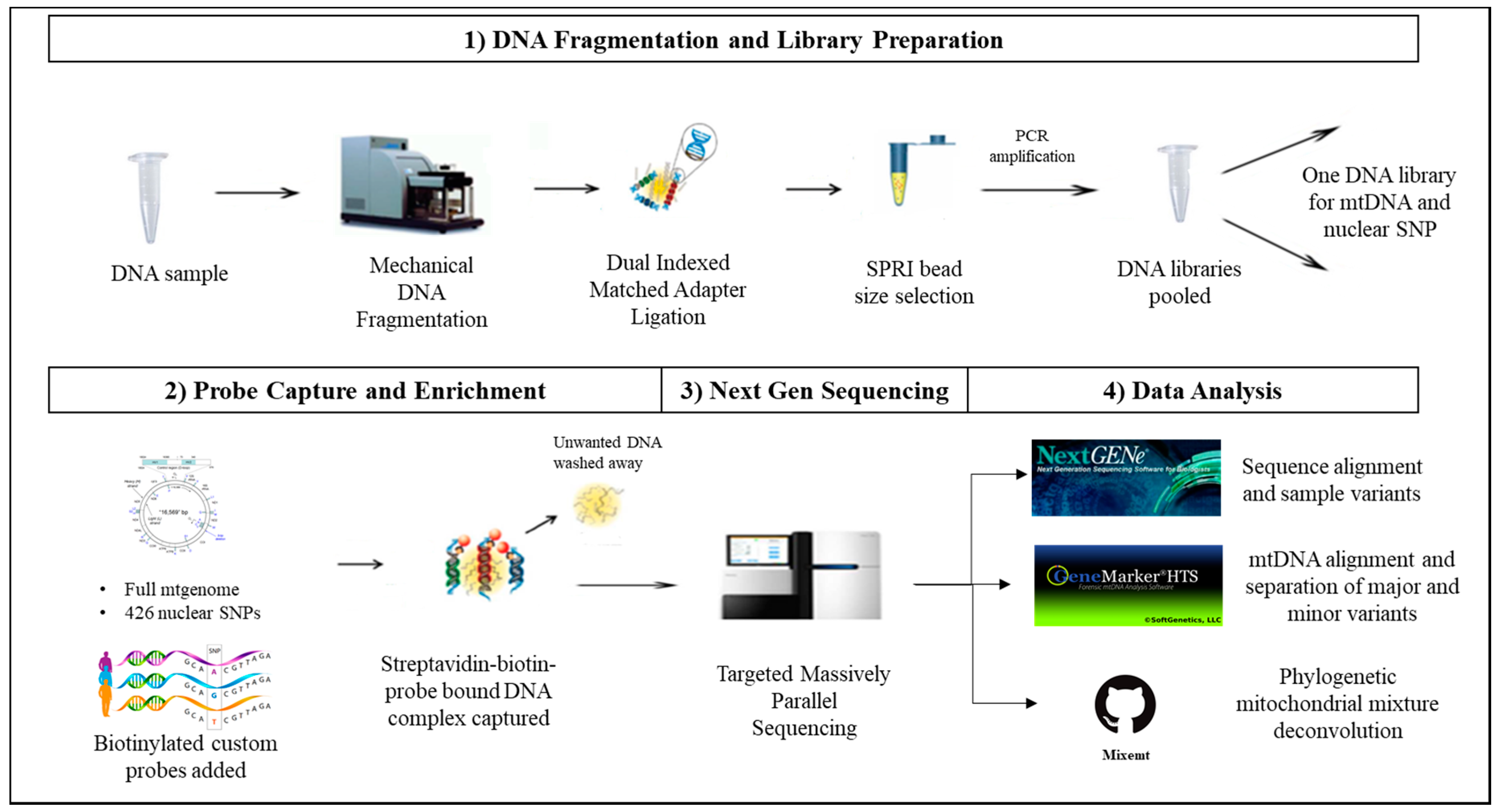

- Nucleotide sequence how to#
- Nucleotide sequence full#
- Nucleotide sequence series#
The breaking of the phosphate bonds in ATP releases great amounts of energy that are consumed in driving chemical reactions or contracting muscle fibres. By convention, sequences are usually presented from the 5' end to the 3' end.
Nucleotide sequence series#
In certain vital metabolic processes, AMP combines with inorganic phosphate to form ADP (adenosine diphosphate) and then ATP. The nucleotide sequence is the most fundamental level of knowledge of a gene or genome. A nucleic acid sequence is a succession of bases signified by a series of a set of five different letters that indicate the order of nucleotides forming alleles within a DNA (using GACT) or RNA (GACU) molecule. Nucleosides themselves rarely participate in cell metabolism.Īdenosine monophosphate (AMP) is one of the components of RNA and also the organic component of the energy-carrying molecule ATP. All single-stranded and duplexed DNA sequences are produced with. Nucleosides are similar to nucleotides except that they lack the phosphate group. Generate consistently reliable data from the highest fidelity oligos available. The most common nitrogen bases are the pyrimidines (cytosine, thymine, and uracil), the purines (adenine and guanine), and the pyridine nicotinamide. The nitrogen-containing bases of nearly all nucleotides are derivatives of three heterocyclic compounds: pyrimidine, purine, and pyridine. Several nucleotides are coenzymes they act with enzymes to speed up (catalyze) biochemical reactions. The nucleotide adenosine triphosphate (ATP) supplies the driving force of many metabolic processes. In the two families of nucleic acids, ribonucleic acid (RNA) and deoxyribonucleic acid (DNA), the sequence of nucleotides in the DNA or RNA codes for the structure of proteins synthesized in the cell. Nucleic acids are poly nucleotides-that is, long chainlike molecules composed of a series of nearly identical building blocks.
SpaceNext50 Britannica presents SpaceNext50, From the race to the Moon to space stewardship, we explore a wide range of subjects that feed our curiosity about space!. Learn about the major environmental problems facing our planet and what can be done about them! Saving Earth Britannica Presents Earth’s To-Do List for the 21st Century. Britannica Beyond We’ve created a new place where questions are at the center of learning. 100 Women Britannica celebrates the centennial of the Nineteenth Amendment, highlighting suffragists and history-making politicians. Nucleotide sequence how to#
COVID-19 Portal While this global health crisis continues to evolve, it can be useful to look to past pandemics to better understand how to respond today. Student Portal Britannica is the ultimate student resource for key school subjects like history, government, literature, and more. It would require the extraction and sequencing of very old DNA from an. Nucleotide sequence full#
This Time in History In these videos, find out what happened this month (or any month!) in history. The objective was to sequence and annotate a full haploid nuclear genome and to. #WTFact Videos In #WTFact Britannica shares some of the most bizarre facts we can find. Demystified Videos In Demystified, Britannica has all the answers to your burning questions. Britannica Explains In these videos, Britannica explains a variety of topics and answers frequently asked questions. Britannica Classics Check out these retro videos from Encyclopedia Britannica’s archives. When phosphate groups link together to form chains, as in ATP (adenosine triphosphate), the link looks like O-P-O-P-O-P-O, with two additional oxygen atoms attached to each phosphorus, one on either side of the atom. One atom of oxygen is connected to the 5-carbon in the sugar and to the phosphorus atom. The only difference between them is that 2'-deoxyribose has one less oxygen atom attached to the second carbon.Ī single phosphate group is PO 4 3. The carbons are numbered sequentially, to help keep track of where groups are attached. Both ribose and deoxyribose are 5-carbon sugars. In RNA, the bases are adenine, guanine, uracil, and cytosine. Since the degenerate nucleotide sequence essentially is a degenerate cDNA sequence, you can then simply identify any genes with exons capable of producing the necesary cDNA through splicing events. In DNA, the bases are adenine (A), thymine (T), guanine (G), and cytosine (C). Once you have the degenerate nucleotide sequence, you can blast it against all known nucleotide sequences, including whole genomes. Cytosine, thymine, and uracil are pyrimidines. Purines and pyrimidines are the two categories of nitrogenous bases.





 0 kommentar(er)
0 kommentar(er)
